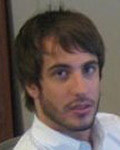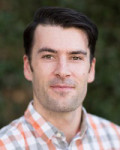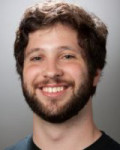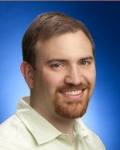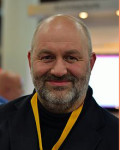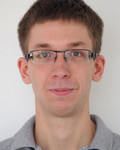
People to Watch 2016
Peter Norvig
Director of Research
Google
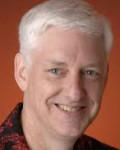
Peter Norvig is a Director of Research at Google. He joined the company in 2001 as a Director of Search Quality. Prior to Google, Peter worked at NASA for a number of years as Division Chief, Computational Sciences, and as the head of the Computational Sciences Division where he oversaw a staff of 200 scientists performing NASA’s research and development in autonomy and robotics, automated software engineering and data analysis, neuroengineering, collaborative systems research, and simulation-based decision-making. Peter and his colleague Sebastian Thrun are credited with developing the first massively open online class (MOOC) in 2011, when they taught their first course on artificial intelligence at Stanford that drew 160,000 registrants. Peter received his B.S. in Applied Mathematics from Brown University and a Ph.D. in Computer Science from the University of California, Berkeley.
Datanami: Hi Peter. Congratulations on being selected as a Datanami 2016 Person to Watch. How did your work at NASA prepare you to be the Director of Research for Google?
Peter Norvig: NASA had many things in common with Google: great people working on important problems with a high degree of technically difficulty. The NASA Administrator at the time, Dan Goldin, pioneered the “faster, better, cheaper” approach, which was quite novel for government work, but pervasive at start-ups. NASA was the first job in which I had to manage a couple of hundred people; I hope I learned something from that experience that carried over to Google. And I note that many of my colleagues at NASA ended up moving over to Google as well.
Datanami: Artificial intelligence is enjoying a renaissance today but it’s still mostly out of the limelight. Do you think AI should continue to exist behind the scenes, or are people ready for AI to take on a more visible role in the delivery of their services?
I think there are two issues. First, I think all software engineers should understand machine learning and incorporate it into the way they manage data. This will often remain behind the scenes in that users won’t know what the engineers have done; they’ll just know that they’re getting better results. Second, there is the use of AI in a way that is visible to the user, such as a personal assistant with voice recognition. These should be used when they provide a better experience for the user.
Datanami: How do you see improvements in things like neural networks and deep learning impacting how big data is utilized?
We’ve arrived at a point today where you can take a perception-based problem (such as recognizing speech, or optical character recognition, or identifying objects in photos), gather some data, feed them to a deep neural network, and, after a little fiddling, expect good results. Of course, at every point in time in the history of machine learning there has been a preferred method or two, But today we have more readily-accessible data, and we have methods that perform better over a wide class of problems than the preferred methods of a decade ago.
Datanami: Outside of the professional sphere, what can you tell us about yourself – personal life, family, background, hobbies, etc.?
I’m a New Englander who came to California to go to grad school at Berkeley and ended up staying. I’m married with two daughters in college. My hobbies are bicycling and photography.
Datanami: Final question: Who is your idol in the big data industry and why?
Pierre-Simon Laplace. He started it all off, around 1814, introducing the idea that probabilities could be estimated by counting favorable and unfavorable outcomes from data, allowing probabilities to be subjective degrees of belief, and describing how to do induction from incomplete data.



